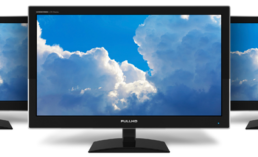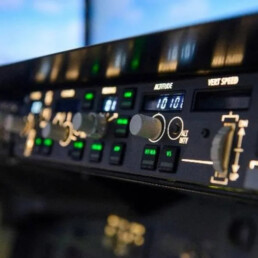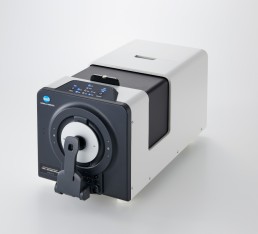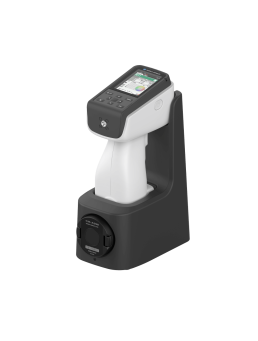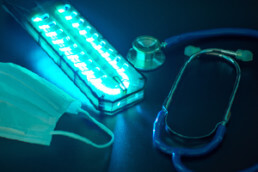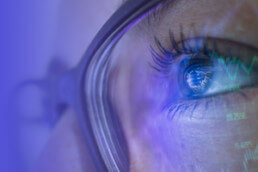How TVs Are Tested
Testing television display quality is a technically challenging process. Because so much of what we think of as quality is really a matter of perception, and because everybody sees things slightly differently, the television industry, and the television review industry, has had not only to develop a series of quantifiable traits to measure, and a strict set of procedures for testing those traits; they have had to develop specialized equipment and to train technicians to become experts in using that equipment.
The most important device for testing TV display quality is a chroma meter, a special device which can detect and measure light from almost any source such as plasma screen displays, LCD displays, and projection televisions. In addition the Chroma Meter is used to measure reflected color and color difference in a wide range of industrial fields, which is particularly suitable for measuring optical devices like LCDs, PDPs, organic ELs, FEDs and LEDs. Also, because lighting in modern televisions is very complex, some models produce more or less light in different places such as in the center, the corners, and around the edges of the screen. To spot check these areas, and to compare specific viewing angles, it is helpful to employ a handheld device. These small devices are highly accurate and help technicians test and calibrate displays very quickly out in the field.
Besides chroma meters, several other specialized tools and even special software exists to test display quality.
Signal Generators. Signal generators are hardware devices which are use to create a variety of test patterns which are then transmitted to each of the televisions or displays being tested. These patterns are representations of colors and color combinations and are helpful not only in measuring brightness and contrast, but viewing angles and overall picture quality.
Signal Amplifiers. Signal amplifiers are multi-channel devices which take one input and then transmit it to multiple televisions or screens at one time. Because there is actually a lot of variation between models of DVD and Blu-ray player, and even between individual units of the same model or brand, using a single input on multiple screens allows a more scientifically accurate way to measure and test the displays. A signal amplifier allows the signal to be transmitted without any degradation in strength or quality, which means that technicians can be sure that each screen is displaying the same input signal.
Home game consoles. It may sound funny, but modern game consoles are designed to produce accurate color reproduction and, furthermore, they are often used as input for home entertainment systems. Because of this, it is not uncommon for game systems to be used as test input when analyzing consumer television screens.
Calibration software. Because the settings and adjustments available for each television are not standard across all manufacturers and television models, specialized computer software has been developed which aids technicians in adjusting test displays. The software is able to accurately match the display output of each television until it has been adjusted to match industry standard levels of output, meaning that every television is calibrated to the same standard which ensures a fair testing environment.
Benchmark Blu-ray discs. Special blu-ray discs have been created which test the display’s ability to process video images. Because there are many ways that films, television shows, and other video can be created and compressed, it is important to have a standardized series of signals which can be transmitted to television screens. This means that the video hasn’t been enhanced to look better, and it hasn’t degraded through compression or encryption. Making sure that baseline signals are tested on all screens means that the images being tested are themselves free of impurities which could affect test results.
Finally, the tools are only a small portion of the testing process. Testing generally takes place in one of two, or in both, environments:
- Dark room tests are used most often because they ensure that screen quality has not been affected by reflected light and other light pollution. Also, most people watch television in a darkened room, and so this test is the most accurate. However, bright room tests are also helpful, because they are able to see how well a screen will work when exposed to direct sunlight. The bright room test is more helpful for computer screens, cell phone screens, and tablet screens, but it is still a common test for home televisions.
- The time and training it takes to accurately test and compare a video screen is much higher than many people expect, and the specialized tools that exist are highly sensitive and, in many cases, very expensive. From specialized software to engineering-grade hardware, few devices are tested as thoroughly, or as closely, as television screens.
